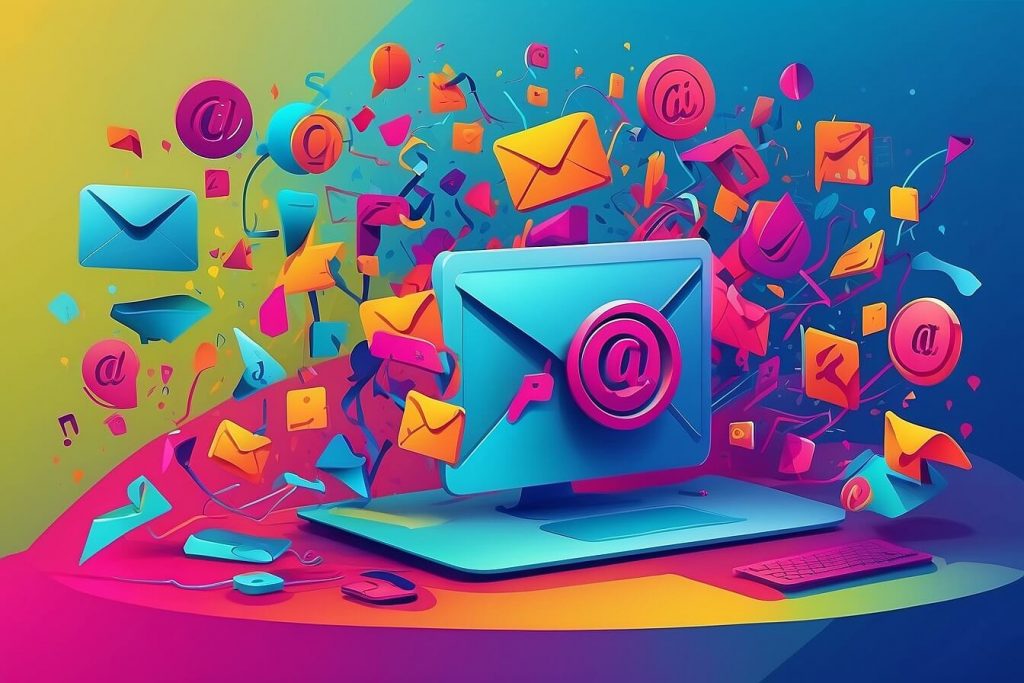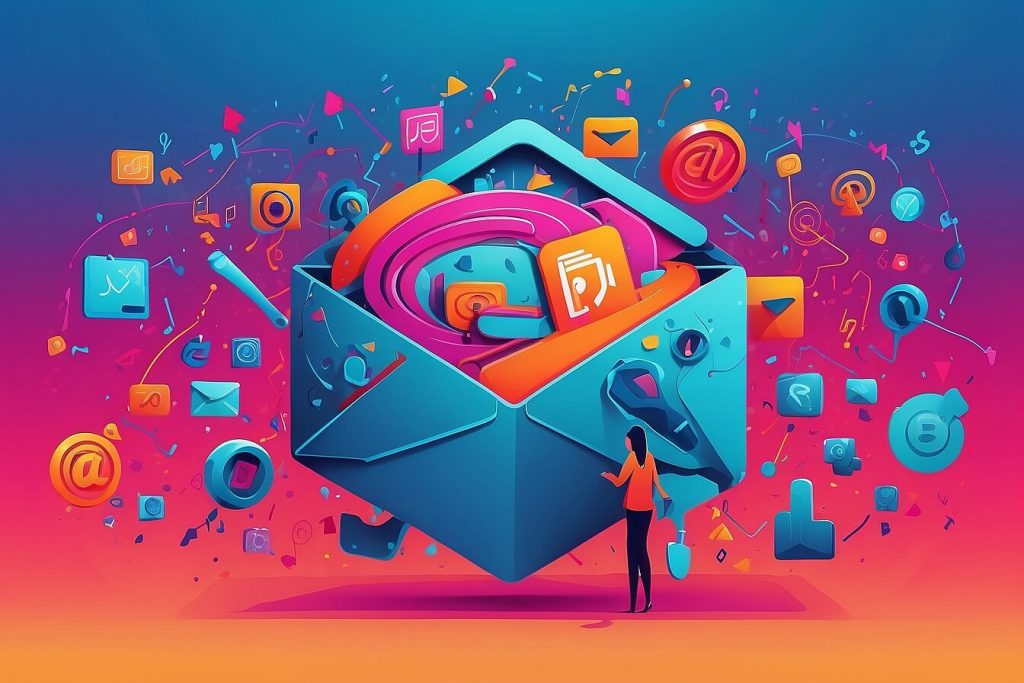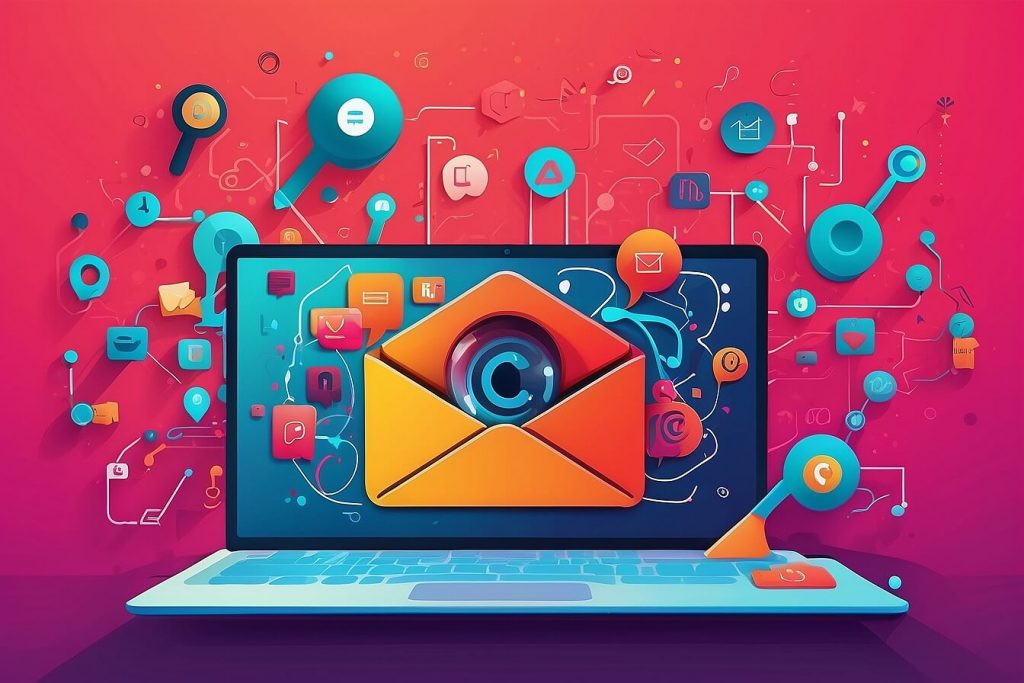Email Timing and its Impact on Engagement
Email timing plays a crucial role in determining the level of engagement from recipients. The specific time at which an email is delivered can significantly impact its open rate, click-through rate, and overall response. Studies have shown that sending emails during peak hours, when recipients are actively checking their inbox, can lead to higher engagement. However, it is important to note that the ideal timing may vary depending on the target audience and industry. Therefore, it is essential for marketers to strategize and adapt their email timing based on data analysis and consumer behavior.
When an email arrives at the right time, it has a greater chance of capturing the attention of recipients and generating clicks or conversions. This is because individuals are more likely to engage with emails when they are in a receptive and responsive state. By sending emails at optimal times, marketers can increase the likelihood of their messages being seen, read, and acted upon by the target audience. This, in turn, can lead to higher engagement rates, improved customer relationships, and ultimately, better marketing campaign performance.
Understanding the Importance of Timing in Email Marketing
Email marketing is a powerful tool that allows businesses to connect with their customers on a more personal level. However, one key factor that often gets overlooked is the timing of these emails. The importance of timing in email marketing cannot be overstated. Sending an email at the wrong time could result in it getting lost in a sea of other messages or worse, being ignored altogether.
Timing is everything when it comes to email engagement. Studies have shown that there are certain days and times when people are most likely to open and engage with their emails. For example, sending an email on a Monday morning might not be the best idea, as people are often inundated with messages after the weekend. On the other hand, sending an email on a Tuesday afternoon, when people have settled back into their work routine, could lead to higher open rates and engagement. By understanding the importance of timing in email marketing, businesses can optimize their email campaigns for maximum impact and increase their chances of success.
The Science Behind Effective Email Timing
Effective email timing is not just a matter of guesswork or intuition. It is backed by science and data analysis. To truly understand the impact of timing on email engagement, researchers have conducted numerous studies and analyzed a wealth of data to uncover patterns and trends.
One of the key findings from these studies is that the timing of an email can significantly influence open rates and click-through rates. For example, sending an email on a Tuesday morning may yield higher open rates compared to sending the same email on a Saturday afternoon. This is because people tend to check their emails more actively during weekdays and in the morning when they are fresh and engaged. By aligning your email campaigns with these patterns, you can increase the likelihood of your emails being seen and acted upon by your target audience.
Factors to Consider When Determining Email Timing
Email timing plays a crucial role in the success of email marketing campaigns. Several factors need to be considered when determining the optimal timing for sending emails to maximize engagement and response rates. One factor to consider is the target audience’s demographics, such as their time zone and daily routines. By understanding when your audience is most likely to be active and checking their emails, you can schedule your messages to appear in their inbox at the right moment.
Another important factor is the nature of your content and the desired action from your recipients. For example, if you are announcing a limited-time offer or promoting an event, sending the email well in advance will allow recipients to plan and respond accordingly. On the other hand, if your aim is to capture immediate attention or deliver time-sensitive information, sending the email during peak active hours might be more effective. Ultimately, considering these factors and experimenting with different timing strategies will help you optimize your email campaigns and increase engagement with your audience.
Leveraging Machine Learning to Enhance Email Timing Strategies
Machine learning has increasingly become a valuable tool in email marketing, allowing marketers to enhance their timing strategies and ultimately boost engagement. By leveraging machine learning algorithms, businesses can analyze vast amounts of data and identify patterns that traditional methods may overlook. These algorithms can uncover valuable insights about the optimal timing for sending emails, such as the most opportune days of the week and times of the day to maximize open rates and click-through rates.
One of the key advantages of using machine learning in email timing strategies is its ability to continuously adapt and learn from new data. By analyzing historical data and monitoring real-time user behavior, machine learning algorithms can make accurate predictions about the best timing for sending emails to different segments of the audience. This dynamic approach ensures that email campaigns align with the ever-changing preferences and behaviors of customers, increasing the likelihood of engagement and conversion. With machine learning, businesses can leverage the power of data to improve the effectiveness of their email marketing efforts.
Analyzing Data Patterns to Determine Optimal Email Timing
Analyzing data patterns is a crucial step in determining the optimal timing for sending emails. By studying the engagement levels based on different time frames, marketers can gain valuable insights into when their audience is most likely to open and interact with their emails.
One approach to analyzing data patterns involves segmenting the audience and examining their behavior over a period of time. By breaking down the data into smaller groups, marketers can see if there are any noticeable patterns or trends that emerge. This could include factors such as the day of the week, the time of day, or even seasonal variations. By analyzing this data, marketers can identify the optimal timing that maximizes email engagement and ensures that their message reaches their target audience when they are most receptive.
Predictive Modeling: A Key Component of Email Timing Optimization
Email timing plays a crucial role in determining the success of email marketing campaigns. To optimize email timing, predictive modeling has emerged as a key component in achieving higher engagement rates. By harnessing the power of data and advanced algorithms, predictive modeling allows marketers to analyze past trends and patterns to make accurate predictions about the best time to send emails.
One of the primary benefits of predictive modeling in email timing optimization is its ability to identify peak windows of opportunity. These models take into account various factors such as recipient demographics, past engagement behavior, and industry benchmarks to determine when users are most likely to open and interact with emails. By leveraging predictive modeling techniques, marketers can strategically schedule their emails to reach the maximum number of recipients at the right time, leading to higher open rates, click-through rates, and ultimately, better campaign performance.
Improving Email Open Rates with Machine Learning Techniques
Email open rates play a crucial role in the success of an email marketing campaign. To improve these rates, businesses can leverage the power of machine learning techniques. Machine learning algorithms can analyze vast amounts of data, including previous email campaigns, customer behavior, and demographic information, to identify patterns and predict the best time to send emails for maximum open rates. By utilizing machine learning, businesses can enhance the chances of their emails being opened and read by the target audience.
One key advantage of using machine learning techniques in email timing optimization is the ability to personalize email delivery. Machine learning algorithms can examine individual customer preferences, past interactions, and engagement patterns to determine the optimal time to send an email to each recipient. By tailoring the timing of email delivery to individual preferences, businesses can significantly increase open rates and engagement. With the power of machine learning, marketers can enhance email open rates and drive better results for their email marketing campaigns.
Optimizing Click-Through Rates through Intelligent Email Timing
Email marketing is an essential tool for businesses looking to engage with their audience and drive traffic to their websites. However, simply sending out emails is not enough to guarantee success. To truly optimize click-through rates, businesses need to implement intelligent email timing strategies.
One important aspect to consider when trying to optimize click-through rates is the time of day the email is sent. By analyzing data patterns and customer behavior, businesses can determine the optimal time to send their emails for maximum impact. It is crucial to consider factors such as the target audience’s demographics, time zones, and industry-specific tendencies. By leveraging machine learning algorithms, businesses can identify the patterns that lead to higher click-through rates and tailor their email timing accordingly. This way, they can increase the likelihood of their audience opening the email at the right time and taking action.
Enhancing Email Campaign Performance with Advanced Timing Strategies
Email campaigns are an integral part of any marketing strategy, but their effectiveness depends greatly on timing. The success of an email campaign relies on reaching the recipient at the right time when they are most likely to engage with the content. With the advancement of technology and the availability of data analytics, marketers now have access to advanced timing strategies that can significantly enhance the performance of their email campaigns.
One key aspect to consider when implementing advanced timing strategies is understanding the behavior and preferences of the target audience. By analyzing data patterns, marketers can identify the optimal time to send emails based on when the recipient is most likely to check their inbox and engage with the message. This analysis takes into account factors such as past email open rates, click-through rates, and even the geographical location of the recipient. By leveraging machine learning algorithms, marketers can take this analysis a step further and create predictive models that optimize email timing for maximum impact. These advanced timing strategies can greatly improve email open rates and ultimately drive better results for the overall email campaign.




